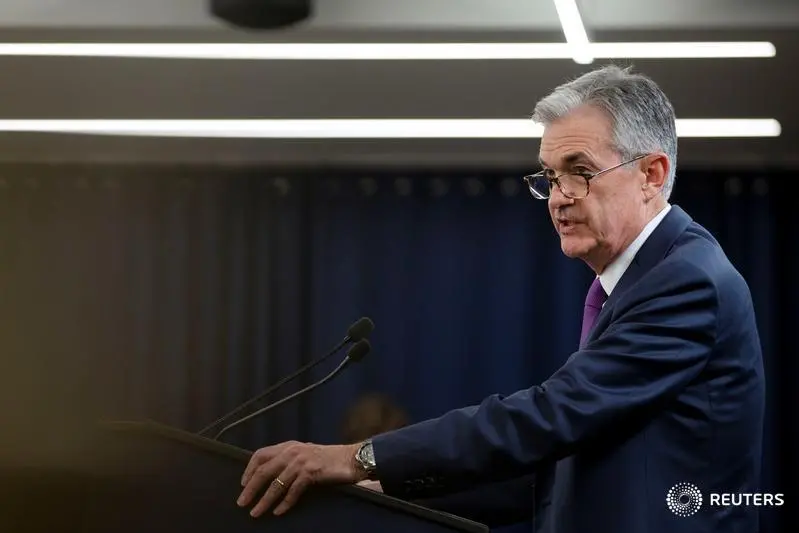PHOTO
WASHINGTON (Reuters Breakingviews) - The U.S. bank stress tests risk falling on a slippery slope. Federal Reserve supervision boss Randal Quarles wants to tweak the annual exams. Some revisions are warranted, like giving banks test results before they decide how much capital to return to investors. But scrapping the watchdog’s ability to fail a firm gives Wall Street too much leeway.
One of the biggest planned changes to the test, known as the stress capital buffer, is a work in progress. It was first suggested by Quarles’ predecessor, Dan Tarullo, with a proposal following in April. For the biggest banks, a 2.5 percent risk-based capital buffer would be replaced with a cushion that depends on a firm’s stress-test results.
Other changes would help eliminate volatility in capital cushions and allow banks to plan better. For example, dividend and share-repurchase plans have to be submitted to the Fed before exam results are known. Quarles suggests giving lenders their grade beforehand. That makes eminent sense.
So do other alterations Quarles is considering. He wants to apply multiple shocks to assess trading books, instead of the current regime of a single jolt. On top of that, the Fed may publish portfolios of hypothetical loans and related loss rates, which will help both the industry and the public understand where the watchdog sees risks.
But the Fed’s ability to publicly fail a firm based on operational practices, which prohibits a bank from making additional capital payouts, has helped spur overhauls at Citigroup and elsewhere. Scrapping it removes a useful stick. Quarles said stress procedures can be evaluated through supervision. But a firm may not go as far as needed without the public shaming.
Quarles also wants to eliminate the post-stress leverage requirement because it’s only meant as a backstop to risk-based capital. But because it is complementary, it’s helpful to include it to ensure a bank has a variety of adequate cushions in a crisis.
The U.S. financial sector is more resilient than before the 2008 crisis. On average, the largest firms have more than doubled their common equity-capital ratio from 5 percent in 2009 to more than 12 percent this year. Giving banks an inch is reasonable, but the worry is they will take a foot - or more.
CONTEXT NEWS
- The U.S. Federal Reserve is considering changes to the so-called stress capital-buffer proposal that would become a part of the bank exams, Randal Quarles, vice chairman of supervision, said during a speech at the Brookings Institution on Nov. 9.
- One of the revisions would allow a bank to learn the results of the Fed stress tests before it formulated its dividend or share repurchase plan. The current system requires that banks notify the regulator of their capital plans before knowing how they did in the tests. Another change would eliminate the post-stress leverage-ratio requirement.
- Quarles also said it was time to eliminate the Fed’s public objection tool, which prohibits a bank from paying out additional dividends because of inadequate operational-risk practices. “As we begin the next chapter in stress testing, my objective is to ensure the continued credibility of the program by increasing its transparency, simplicity, and stability while maintaining the strength of the supervisory and internal stress-testing elements that are central to the program today,” Quarles said.
(The author is a Reuters Breakingviews columnist. The opinions expressed are her own.)
(Editing by Antony Currie and Martin Langfield)
© Reuters News 2018












